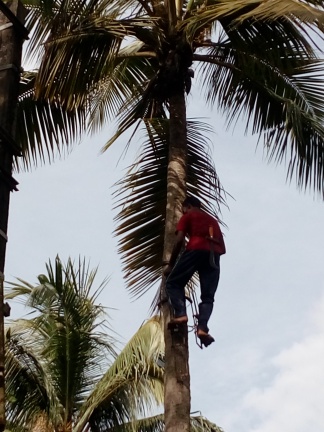Archives
- Newer posts
- November 2025
- October 2025
- September 2025
- August 2025
- July 2025
- June 2025
- May 2025
- November 2024
- April 2024
- November 2023
- October 2023
- August 2023
- May 2023
- February 2023
- October 2022
- August 2022
- July 2022
- May 2022
- April 2022
- March 2022
- February 2022
- June 2020
- March 2020
- February 2020
- January 2020
- December 2019
- November 2019
- October 2019
- September 2019
- August 2019
- July 2019
- June 2019
- May 2019
- April 2019
- March 2019
- February 2019
- January 2019
- December 2018
- November 2018
- October 2018
- September 2018
- August 2018
- July 2018
- June 2018
- May 2018
- April 2018
- March 2018
- February 2018
- January 2018
- December 2017
- November 2017
- October 2017
- September 2017
- August 2017
- July 2017
- June 2017
- May 2017
- April 2017
- March 2017
- February 2017
- January 2017
- August 2016
- June 2016
- April 2016
- March 2016
- February 2016
- January 2016
- July 2015
- June 2015
- Older posts

Some interesting facts about traditional coconut plucking in Goa
Having a few coconut trees around our office area, we have to regularly organize someone to pluck the coconuts and cut the falling palms in order to avoid any accidents. We were lucky to have one of our clients, Deejay Farms (deejayfarm.com) assist us in this task.
This recent experience got me interested in knowing more about Coconut plucking – one of the oldest traditional occupations of Goans.
Coconut climbers/pluckers ‘padekars’ carry out the harvesting of tender and ripe coconuts from a plantation or residential areas.
Traditionally, padekars were paid half in cash, half in coconuts. Nowadays, they charge a reasonable wage per tree (depending on the number of trees). It’s a dying skill and very few padekars are to found. Most of them are the older set, you can rarely find a young one!
Skills in traditional methods were usually passed down from one generation to another. Here the padekar uses a rope harness ‘khaddum’ wrapped around his feet as a climbing support and a machete ‘koito’ to cut notches in the tree bark which enable him to climb higher. On reaching the top, they support themselves on the base of the palm frond, sometimes even standing on them! He can then easily cut down mature or tender coconut bunches and loose palms. Plucking of coconuts was done four times a year, and the record of each plucking was kept by making incisions (katre) on the trunk with a koito.
A few years back, a coconut climbing machine was developed by M. J. Joseph (Appachan) in Kerala. This makes it safer and easier to climb coconut trees. The machine consists of two metal loops for holding the feet with a handle at the top for hand grip and a pedal base at the bottom. The loops are put around the tree trunk on opposite sides. The loop is lifted up by the simultaneous movement of the hand and feet, propelling the climber up the tree. A safety rope, like that used by rock climbers, keeps the climber safe from the risk of falling.
So when you next come across someone plucking coconuts, stop a while and look with amazement at their skill. It’s truly a sight that will not be forgotten.
